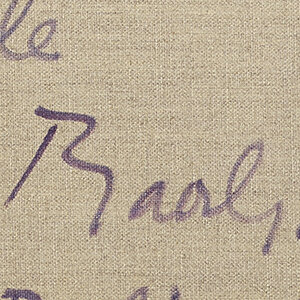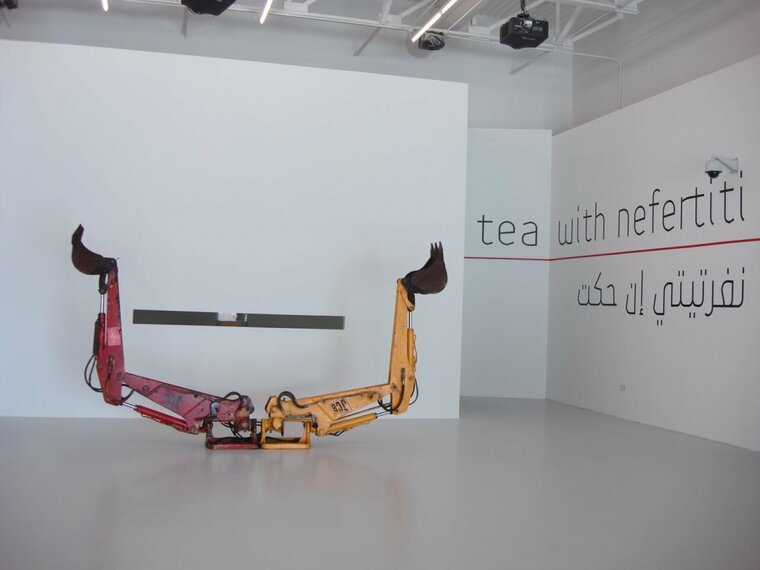


Last updated on Wed 7 May, 2014


Tea with Nefertiti
Staatliches Museum Ägyptischer Kunst (SMÄK), Munich, Germany
7 May 2014 – 7 September 2014
Employing the Nefertiti bust as a metaphorical thread, the exhibition explores how an artwork can become a tool for the writing of much-contested narratives that serve as frameworks through which an image of another culture can be imagined and consequently fixed. Features over 40 artists, as well as pieces from Ancient Egypt, Islamic Art and over 50 support documents and catalogues.
Tea with Nefertiti explores the visual and literary mechanisms by which artworks come to acquire a range of meanings and functions that can embody a number of diverse, and at times conflicting narratives. Through employing the Nefertiti bust as a metaphorical thread, and by interrogating the contested history of Egyptian Museum collections from the 19th century onwards, the exhibition is concerned with the critique of museology, the staging of the artwork and the writing of art-historical narrative as a means of forming and informing cultural otherness.
The exhibition is organized along three thematic chapters that reflect on the process of appropriation, de-contextualization and re-semanticisation that an artwork undergoes as it travels through time and place: The “Artist” section highlights the artist’s formalistic departures and contributions as evidenced through the artworks on display. The “Museum” section examines the institutionalization of art and interrogates how the contextualization of an artwork bestows on it new meanings and functions. The “Public” section maps out the unpredictable evolution of art as it expands beyond the atelier and the museum and gets coerced into the writing of contested meta-narratives.
Tea with Nefertiti is constructed around a series of juxtapositions and groupings of historic, modern and contemporary artworks and documents. This is intended as a gesture towards breaking away from more familiar museum classifications that have been conventionally based on geography, periods and style. The exhibition proposes alternative paradigms for art historical construction that transcend the confines of geo-temporal linearity. These constructs are conceived as pointers to an ongoing process of cultural transfer, of appropriation and negotiation that exists beyond the parameters of a much-contested historiography.
Join us in our endless discovery of modern and contemporary Arab art